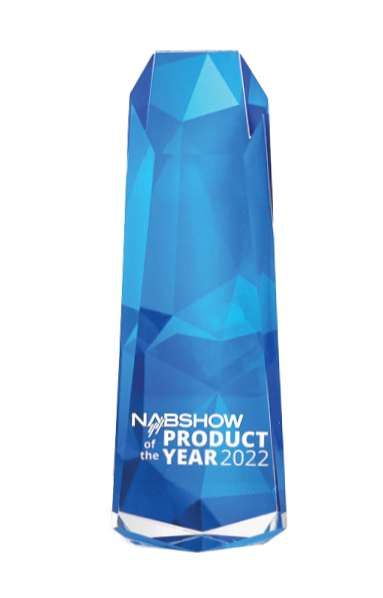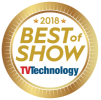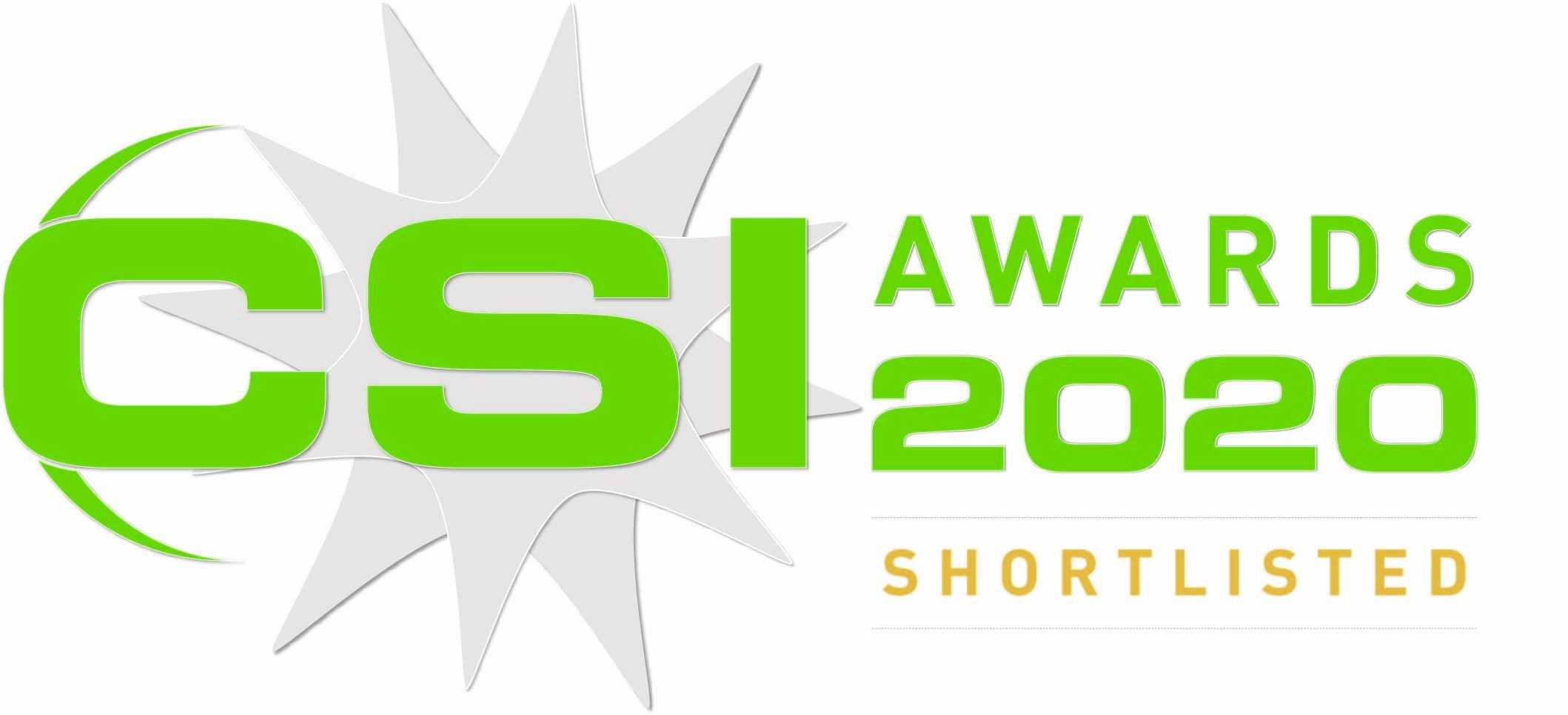

Now that 2020 has accelerated the timing of our industry’s digital transformation, we can expect 2021 to be a continuation of similar digital trends. Many thought leaders cite the pandemic as the agent that forced our industry to move full speed ahead with automation, cloud migration, remote production and operations and virtual events. What are some other insights and predictions that will propel us further ahead in 2021?

At a time when viewers are watching anytime, anywhere and turning to OTT streaming, broadcasters are looking for new ways to offer quality programming and improve revenues. The convergence of broadband with broadcast OTA signals or ATSC 3.0 appears to be the answer to stay competitive. ATSC 3.0 is the standard behind NextGen TV, which offers broadcasters and viewers added capabilities such as more subchannels, local content, personalization, customer engagement and emergency notification alerts as well as other benefits.

Qligent Vision's standardized QoS/QoE monitoring systems ensure that Sinclair Broadcast Group (SBG) operators can seamlessly aggregate, analyze and troubleshoot all broadcast performance data groupwide. It also builds a solid foundation for future automation. Read the The Broadcast Bridge article.

As consumers transition to online entertainment platforms, the need to track consumer demand, expectations and satisfaction grows. Learn more with Qligent's CEO Brick Eksten on page 20 of RapidTV Everywhere's December supplement.

It’s all about the data. How many times have you heard that statement? Whether you are a trucking company or Tesla doing autonomous driving or Netflix managing recommendations to your audience, it is all about the data. It’s not just big data, but how much you can gather and connect from many sources, different device types, networks and users to create a holistic picture of your business. If you’re a broadcaster or media content provider, you should be connecting multiple media metrics with other departmental data and intelligence to help you make better operational business decisions. What tools and technologies should you take advantage of to harness your data?

Your client just spent thousands of dollars on ad production matching that cost with ad placements for specific markets and airtimes to reach their target audience. How do you assure your client that their ad ran correctly, next to appropriate content and without a glitch, when there are multiple platforms and so many variables in the content distribution chain?

Have you ever watched a football game and heard “Touchdown!” seconds before you saw it happen? Or watched a singing competition with a lip-sync delay? Or maybe you were absorbed in a suspenseful movie when the screen went black. These are examples of poor quality of experience or QoE.

Every day the next generation wireless technology 5G is in the news or being advertised. It’s expected to “change lives” with faster data rates and better connectivity than 4G. So, broadcasters might want to pay attention to the innovative features that 5G brings.

Check out “IABM: In Conversation With” Qligent's Brick Eksten and Encompass Digital Media, Inc.'s Scott Rose as they discuss the modernization and future of media content delivery during this accelerated phase of technology innovation.

In this issue Broadcast Film & Video speaks exclusively to the CEO of Qligent, Brick Eksten, who has extensive knowledge of the industry and has led several companies throughout his career. He talks about how what he thinks OTT will look...

Qligent CEO Brick Eksten discusses the move toward direct-to-consumer delivery models for content, and how this has led to Qligent's flexible Dymos QoS monitoring solution. Read the InBroadcast article.

When the screen goes black, freezes or pixelates, who are you going to call? First, contact your internal technical support team familiar with the required standards written into SLAs.

In a post-Volicon landscape, broadcasters are scrambling to replace their compliance and monitoring services. They face vastly different regulatory requirements for OTT in doing so, but also an upside of new features including AI, on-prem, cloud or hybrid options and built-

“Without standards, there can be no improvement.” Taiichi Ohno, Toyota industrial engineer. Every industry has its specific set of standards to measure operations, safety and quality. These agreed

IABM caught up with Brick Eksten, the new CEO of Qligent to find out his plans for the company development going forward. They discuss how artificial intelligence and machine learning can help media companies optimize content delivery along with how

We talk a lot about broadcast compliance regulation, but how did it all begin?
Before US citizens watched television or used telephones, broadcast regulation started with the Radio Act of 1912 . This

Asia-Pacific Broadcasting asks "Can hybrid transmission strategies ensure jitter-free content to multi-screens?" and interviews Qligent's Product Manager Lang Cooksey about QoE and QoS. Also mentioned is Sinclair Broadcast Group's deployment of Qligent's Vision platform for its QoS/QoE and compliance monitoring solution.

The safety and health of our customers and employees is foremost during these challenging times. We have taken extra steps to ensure that our software and solutions can be provisioned 100 percent remotely eliminating the requirement for on-site personnel both lowering any potential risk and simplifying the commissioning process.

The year 2020 was designated as the year of sound by the International Commission for Acoustics, but it has turned into the year of streaming. When stay-at-home isolation orders were issued in early March to prevent the spread of COVID-19, consumers were compelled to experience more home

COVID-19 and TV: Protect and Serve
Broadcast television has taken a lead role in delivering important information regarding the coronavirus pandemic to local communities across the U.S. But how are TV companies ensuring their employees' safety? Then there is the repack process, and equipment manufacturers working

Product Manager Lang Cooksey offers a look at Vision’s Dymos, which provides live event originators the ability to leverage cloud technology on a consumption-based cost structure. See the short video interview from Sports Video

A TM Broadcast Interview with John Shoemaker, Director of Sales, Qligent Corp., talks about what's new and how Qligent is addressing the current situation. Read the interview on page 65 of TM Broadcast.

IABM Ben Dales talks with Product Manager Lang Cooksey about how Qligent is addressing some of the current challenges in the broadcast and media content industry. Lang Cooksey cites the growth of OTT or streaming wars, for example, and how they fall short with regards to ensuring QoE, channel brand recognition and viewer retention. He

As if the launch of the likes of Apple TV+ and Disney+ wasn’t placing enough strain on home networks, the need for masses to work at home due to the coronavirus has made matters considerably more complex. Joseph O’Halloran talks to Qligent about how to ensure quality of service. Read the article

Viewers’ appetites have increased for live TV news and streaming entertainment due to COVID-19 isolation. So, it would seem almost impossible for broadcasters and content providers to keep up with demand by working from home. Yet, the advent of digital technology has gradually turned...

Sometimes a new law or standard is enforced that seems like a nuisance at the time to those concerned but ends up being particularly valuable in the long run. That was the case in 2009, when the Federal Communications Commission (FCC) mandated the Advanced Television Systems Committee

Having digested two days of panel discussions and debate by influential speakers and decision makers at the inaugural OTT Summit USA at Atlanta’s Turner Studios, here are seven key insights about the evolution of OTT sports content delivery and viewing.

In this Broadcast Bridge article, Qligent’s Director of Sales, John Shoemaker, talks about the multiplying number of stream monitoring and data aggregation points and increasingly efficient ways to proactively manage your QoS, QoE and compliance requirements.

Latency is one of the biggest challenges to delivering a quality streaming experience to viewers. Latency can be defined as the period between when a frame is captured to when it is displayed on a screen. Hitting ‘play’ and waiting to see content is the initial latency problem of a program. It’s even more crucial for showing live streams such as sporting events.

In today’s digital world, it’s hard to imagine taking days to receive a physical copy of a syndicated program or paid advertisement. Or that a quick change in programming wouldn’t happen unless it was live or transmitted by the national broadcasting network.









